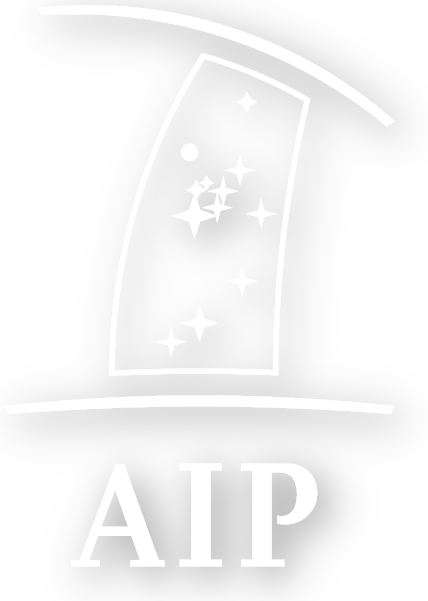Speaker
Description
Despite recent discoveries of quasar feedback in action through outflows and jets, the amount of energy that the active nucleus is capable of injecting into the extended medium of the host galaxy remains unknown. The most mysterious component of quasar feedback is the lowest density, hot volume-filling gas. Though there are tentative detections of this component via its thermal Sunyaev-Zel'dovich (SZ) effect, there is no consensus on how quasar winds are launched, how they become coupled to the host's interstellar medium, what is their physical extent into the circumgalactic medium, or how they are affected by environment and mergers. With targeted multi-wavelength interferometric observations from the VLA, ALMA, and the SMA, we report our recent results on the radio through sub-mm emission of two hyperluminous, radio quiet quasars and their companions/environments. Both targets have submm-only detected companions. One of our targets is an extremely luminous dual quasar system, with the second component heavily obscured and only detected at long wavelengths, and a third CO-detected merging companion. We find strong evidence for the tSZ effect due to the hot gas surrounding this system, and a possible large-scale halo tSZ detection around the other quasar system. We explore different scenarios for the origin of this hot gas, placing constraints on the total thermal energy output of the hottest component of quasar winds, and if confirmed, these will be only the second and third direct tSZ detections and at the highest redshifts to-date.

